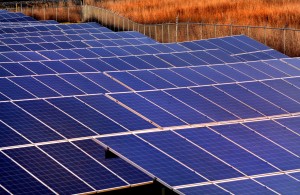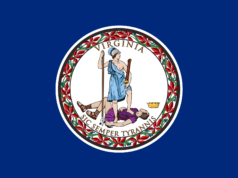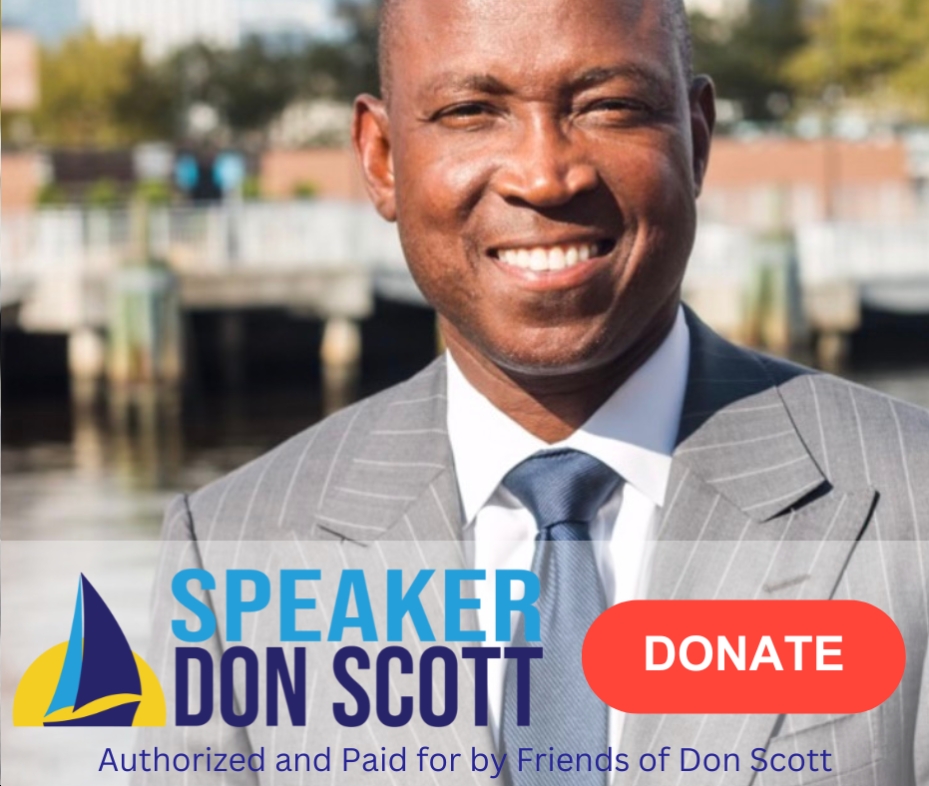by Ivy Main, cross posted from Power for the People VA
It’s true that Republicans remain in control of the General Assembly, and the way things run in Richmond, having only the narrowest of margins diminishes the majority’s power remarkably little. Yet the Blue Wave swept in a set of younger, more diverse, and more progressive delegates, many of whom are as interested in reforming energy policy as they are in social and economic issues.
As a result, I count more than 50 bills dealing with solar, energy efficiency, electric vehicles and battery storage; several more that affect clean energy by addressing carbon emissions; and still others that deal with utility regulation in ways that have implications for renewables and storage. And bills are still being filed.
In this post, I cover just the renewable energy bills of general interest filed to date, saving energy efficiency, storage, EVs and climate for later.
Most of these bills cover renewable energy generally. Bills submitted by the Rubin Group (the private negotiating group consisting mostly of utilities and solar industry members) are limited to solar.
One bill this year takes a new run at a mandatory renewable portfolio standard (RPS). This is Delegate Sullivan’s HB 436, which narrows the kind of resources eligible for the program (now mostly wind, solar and hydro) as well as making it mandatory. As currently drafted it is so ambitious that it would likely mean utilities would have to buy a lot of Renewable Energy Certificates from out of state to meet the early year targets, but changes to the bill may be in the works.
Delegate Sullivan has also proposed HB 54, which would provide a state tax credit of 35% on the first $15,000 spent on certain kinds of renewable energy property.
Several bills enable community solar programs, to provide options beyond the utility-controlled program passed last year that more closely resembles a green tariff. SB 313 (Edwards) SB 311 (Edwards) offer two different customer-controlled models. SB 586 (Gooditis) would authorize, but not require, utilities to set up utility-controlled programs; it differs from last year’s bill in that customers would have a direct connection with a specific renewable energy project. Since it would not be limited to solar, it could open a new option for community wind.
The Rubin Group drafted three pieces of legislation. The centerpiece bill, SB 284 (Saslaw) and HB 1215(Hugo) raises from 500 megawatts (MW) to 4,000 MW (by 2024) the amount of large-scale solar utilities can build or buy that is deemed to be “in the public interest,” a designation that takes this determination away from the State Corporation Commission. The bill also makes it in the public interest for utilities to own or buy up to 500 MW of small-scale solar projects (under 1 MW each). These will be distributed projects, but utility-controlled, along the lines of Dominion’s not-very-successful Solar Partnership Program.
SB 284 and HB 1215 don’t actually require the utilities to do anything, but the legislation is widely seen as signaling their intent to move forward with additional solar development. While a very welcome signal, legislators should keep in mind that a Solar Foundation analysis earlier this year noted it would take as much as 15,000 MW of solar to provide just 10% of Virginia’s electricity supply.
Recognizing this reality, Delegate Mark Keam has introduced HB 392, which declares it in the public interest for the Commonwealth to get 10% of its electricity from solar, and raises to 15,000 MW the amount of utility solar in the public interest.
The two other Rubin Group bills deal with land use, putting language into the code giving people the right to put up solar panels on their own property for their own use, except where local ordinances specifically prohibit it, and subject to setback requirements, historic districts, etc. The bills are SB 429 (Stanley), its companion bill HB 508 (Hodges), SB 179 (Stanley) and companion bill HB 509 (Hodges).
The Rubin Group tried and failed to negotiate changes to Virginia’s net metering program, which affects most customer-sited solar projects, including residential rooftop solar. This is hardly a surprise; a group that works on consensus gives every member veto power. With utilities hostile to any perceived incursion on their monopoly power, and solar advocates pledged to protect the rights of residents, there aren’t a whole lot of opportunities for consensus here.
With the Rubin Group out of the net metering space, legislative champions have stepped into the vacuum to propose a host of bills that would support customers who install solar for their own use:
- HB 393 (Keam) removes the 1% cap on net metered projects, and provides that when net metered projects reach 1% of a utility’s electric load, the SCC will conduct a study of the impact of net metering and make recommendations to the General Assembly about the future of the program. HB 1060 (Tran) simply removes the cap.
- SB 191 (Favola) provides that Virginia customers who wish to self-generate electricity with renewable energy using the net metering provisions of the Code may install up to 125% of their previous 12 months’ electric demand, or in the case of new construction, of the electric demand of similar buildings. A 2015 law currently limits customers to 100% of previous demand.
- HB 421 (Sullivan) allows owners of multifamily residential buildings to install renewable energy facilities and sell the output to occupants. This bill does not provide for the electricity to be net metered.
- HB 930 (Lopez) requires the SCC to establish a net metering program for multifamily customer-generators, such as condominiums, apartment buildings, and homeowner associations.
- HB 978 (Guzman) requires utilities to justify standby charges with a value of solar study. As currently written, the bill does not appear to have retroactive effect, so it might not repeal the existing, much-hated standby charges already approved by the SCC.
- SB 82 (Edwards) expands the agricultural net metering program, increasing the project size limit from 500 kW to 1 MW, providing that the electricity can be attributed to meters on multiple parcels of land, and repealing the 2017 law ending agricultural net metering in coop territory.
Finally, several bills once again tackle third-party power purchase agreements (PPAs), which the Virginia Code appears to make legal, but which utilities have consistently maintained are a violation of their monopoly on the sale of electricity. HB 1155 (Simon) reaffirms the legality of PPAs. SB 83 (Edwards) replaces the existing PPA pilot program that dates from 2013 and directs the SCC to establish a broader program.
HB 1252 (Kilgore) replaces the existing pilot, which has different rules for Dominion and APCo, with a new program renamed “net metering power purchase agreements” that would be consistent for both utilities. It would open up APCo territory more than at present, by allowing any tax-exempt entity to participate rather than just the private colleges and universities that won inclusion last year. However, as currently drafted, it would narrow the program as it exists in Dominion territory by eliminating the eligibility of for-profit customers. Although it is the least customer-friendly option among the PPA bills, Kilgore’s position as chairman of House Commerce and Labor, which will hear the bill, gives it the strongest chance of passage.
Note that most of the renewable energy bills (other than those dealing with tax credits and land use) will go to the Commerce and Labor committees. In the House, a subcommittee usually meets once to hear all the bills (and typically to kill all but the ones anointed by chairman Terry Kilgore). While the schedule is not set, in the past the subcommittee meeting has been held in early February.
Important dates:
First Day of Session: Wednesday, January 10
Bill filing Deadline: Friday, January 19
Crossover (last day on which bills passed in one chamber can go to be heard in the other): Wednesday, February 14
Sine Die (end of Session): Saturday, March 10
How to research a bill:
I’ve hot-linked the bills discussed here, but you can also find them all online pretty easily. On the home page of the General Assembly website, you will see options at the lower right that direct you to the Legislative Information Service, or LIS. If you know the number of a bill, you can type it into the first box (omitting spaces), and click “GO.” This will take you to a page with information about the bill, including a summary of the bill, the bill’s sponsor (called a “patron” in Virginia), the committee it has been assigned to, and its current status. Follow links to learn more about the committee, such as who is on it and when it meets. You will also see a link to the full text of a bill as a PDF.
Always read the full text of a bill rather than simply relying on the summary. Summaries sometimes contain errors or omit critical details, and bills can get amended in ways that make them very different from what the summary says. For the same reason, make sure you click on the latest version of the bill’s text.
If you don’t know a bill number, the General Assembly home page also lets you search “2018 Regular Session Tracking.” When you hit “GO,” this button brings you to a page with options for finding a bill, including by the name of the legislator (“member”), the committee hearing it, or the subject.
When you click on the name of a committee, you will see the list of bills referred to that committee, with short descriptions. It also tells you who is on the committee, when the committee meets and where. You can click on “Agendas” to see which bills are scheduled to be heard at the next committee meeting. Unfortunately the agendas are not set until a day or two before the meeting.



 Sign up for the Blue Virginia weekly newsletter
Sign up for the Blue Virginia weekly newsletter







